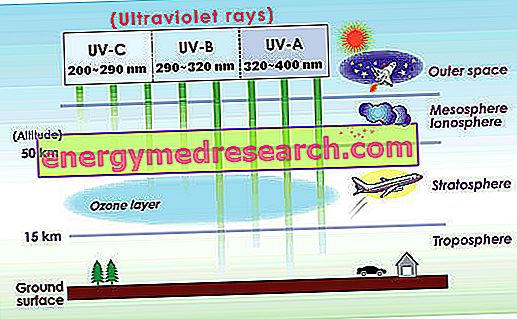
Dental tac is a second level exam used when it is necessary to identify with greater clarity and precision possible anomalies emerged from the so-called dental panorama (or orthopantomography). The main advantage of dental tac compared to the classic overview is to offer three-dimensional and more detailed images. For example, the dentist may need to more accurately assess the relationships between the included teeth and the vascular and nerve anatomical structures. This need is typical in the case of extraction of wisdom teeth included.
If implant operations are scheduled, the Dental CT helps the dentist to understand the quantity of bone available for the implant and the possible need to resort to a bone graft. It also helps to plan the position of the implants in compliance with the nervous and vascular structures.
Alongside the traditional spiral CT (CT fan beam), the so-called cone computerized tomography (CT cone beam) is increasingly widespread, the advantages of which lie in the smaller radiogenic dose (the patient is exposed to approximately X-ray amounts 10 times lower) and in the best quality of radiographic images.
The low dose of radiation - however clearly higher than that given to an orthopantomography - allows the routine use of CT cone beans also in children.
Depending on the equipment used, during the dental CT the patient can be lying on a sliding bed or kept in a sitting position in an armchair. On average, the exam takes 20 to 40 seconds and is in no way painful.
No preparation is required, but before the start of dental CT it may be required to remove anything that could interfere with the exam, such as tongue or lip piercings, mobile dental prostheses, glasses, earrings, hearing aids, wigs and necklaces. For purely precautionary purposes, the patient may be asked to wear a radioprotective bodice and / or collar.
Women must inform medical personnel of any pregnancy, even if only presumed. The dentist will decide if it is better to postpone the dental CT or if this is indispensable, taking the necessary precautions.



